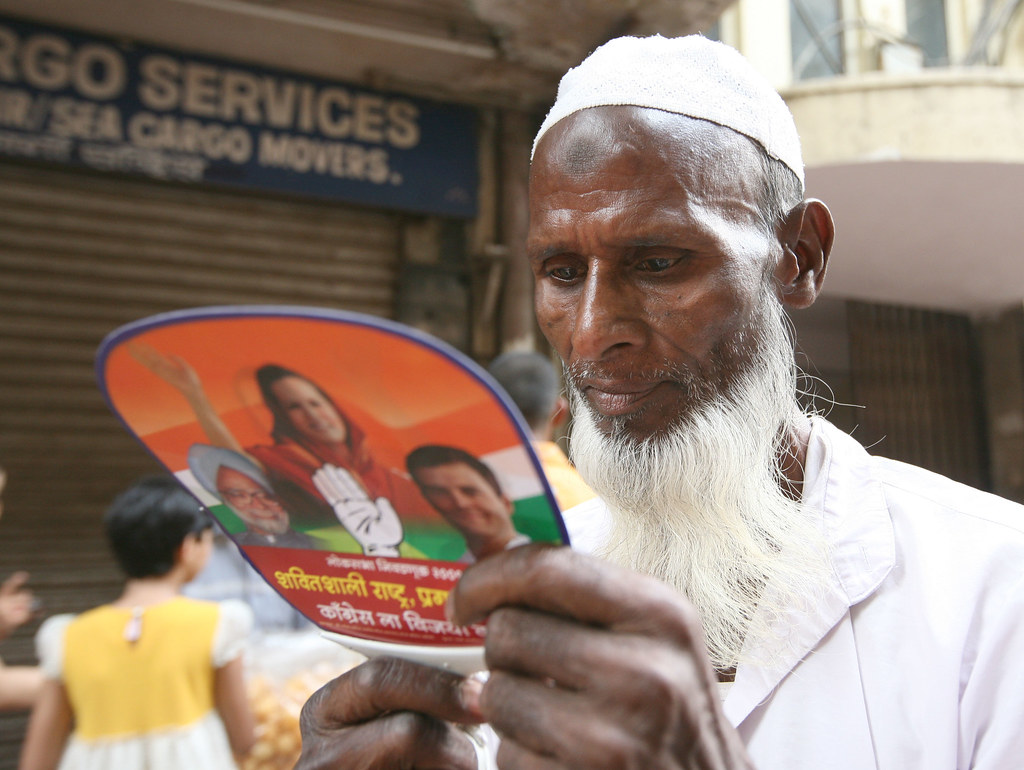

Elections are a periodic mechanism made available to the citizens of India to renew the legitimate authority of the governing arrangements at the Centre and in the States. Elections are only one part, though the most crucial part, of the political bargains and barters that constantly take place in any democratic society. All politics and political exchanges have to take place within the parameters of the Constitution.
The Constitution of India is a covenant, hammered out at a certain historical context. In essence, it is a grand document of assurances and promises to all those who came together – or, were coerced – to come together in the new Indian State that was born on August 1947.
It is not fashionable or a politically correct observation to make, but it needs to be noted that the Indian State that was born on August 14, 1947 was an imperial, albeit, democratic State, and with all the constraints and obligations of operationalising an empire.
The Constitution, in order, seeks to delineate how power will be shared and authority exercised among various stake-holders in the nation-state. The Constitution strives for a certain equilibrium; and, it has created a web of institutions designed to ensure that the authority of the State is not exercised arbitrarily and capriciously.
Politicians, and political parties and interested/effected groups and forces, are forever challenging the constraints and parameters of the Constitution.
We need to have a sense of history. What the founding fathers were trying to do in this ancient land of vast inequalities, socially embedded and religiously sanctioned, was a kind of revolution
Because the Congress was the ‘founding party’ of the new State, it became its historic responsibility to forge itself as the political instrument of the new democratic, imperial State. It undertook brilliantly the indispensable task of generating legitimacy and democratic acceptability for the new ruling arrangements, envisaged in the Constitution.
We need to have a certain sense of history to be able to appreciate that what the founding fathers were trying to do in this ancient land of vast inequalities, socially embedded and religiously sanctioned, was a kind of revolution. The Congress had to navigate the diversities and divisions to produce a requisite ‘national’, pan-India political coherence.
That is the task of any ruling political party at the Centre. As long as the Congress could undertake this task and preserve and protect the vitality of the Indian State, it was able to be rewarded with electoral success and all the fringe benefits that go with it.
It was inevitable that the Congress should yield to the historic inevitability of staus quo impulses, driving out the desire for change and revolution, in an ever-changing global environment. Whenever the Congress could undertake change, 1969-70 or 1991, it was able to serve the political needs of the Indian State.
When the Congress seemed unequal to the task of serving the interests of the Indian State – coherence, stability, security, growth — the Indian voter was prepared to experiment with other formations. In 2014 and 2019, the BJP was able to convince sufficient numbers of Indian citizens to believe that it was better equipped to be the political instrument of the Indian State.
Written by Harish Khare
The writer is senior journalist and former editor, The Tribune.
Germany may have survived the extreme right wing political onslaught of AfD, but the world…
China is sending critical geoeconomic signals that it will resist US bullying and economic hegemonism
The forthcoming negotiations for renewing the treaty must make water-sharing climate resilient, equitable and account…
Trade wars have no winners. Having learnt no lessons from his first term on trade…
Europe’s Rearm Europe initiative faces hurdles in achieving its military goals but signals a clear…
An Unnatural Convergence: Hard Right and Radical Left in Their Anti-Westernism and Fascination with Russia